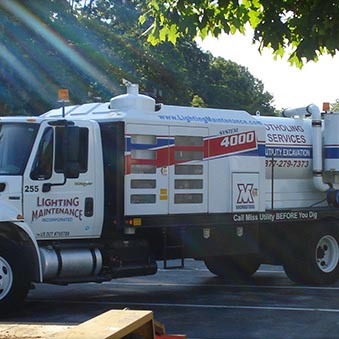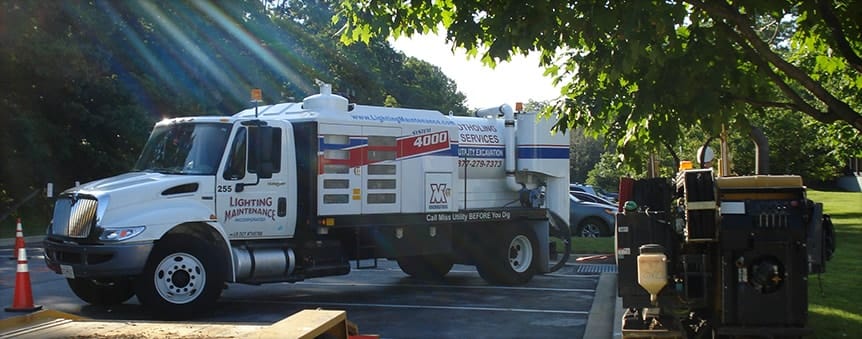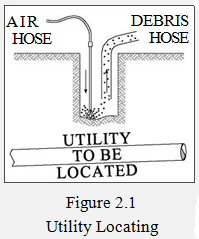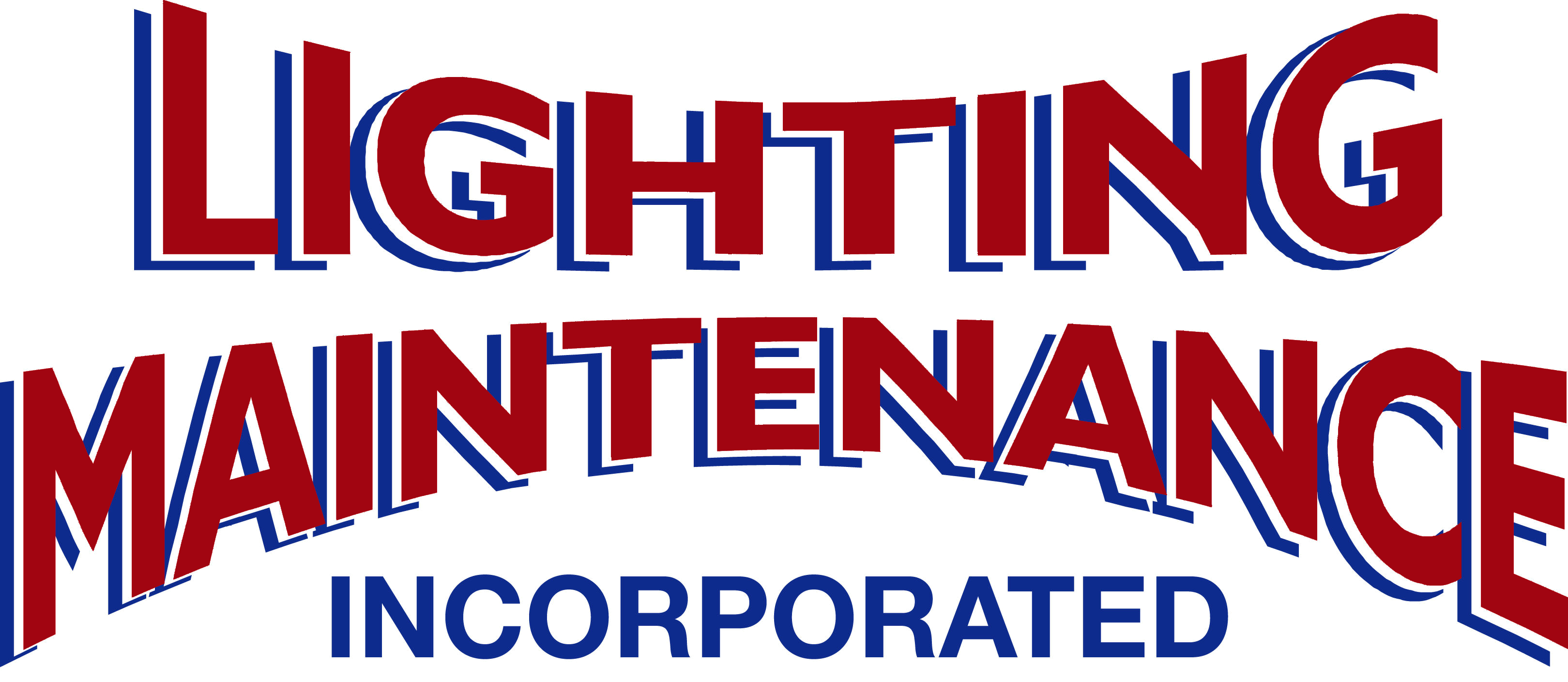
Air Excavation
Pneumatic vacuum excavation utilizes a high velocity supersonic air stream to penetrate, expand and break up soil without the threat of cutting or damaging the utility. The loosened soil and rocks are removed from the hole with the high powered vacuum exposing the utility safely and quickly.
Equipment
LMI utilizes both the VacMaster 4000 and 5000 pneumatic (air) vacuum excavation systems. The power and reliability of this equipment, along with the experience of our crews, allows LMI to locate, expose, and repair underground utilities quickly and efficiently.
Advantages
Using air for excavation has several advantages. It is safer for the operator and utility, it maximizes utility visibility, and it won’t damage tree roots or the road base. Protecting the environment, including tree roots, is a high priority for us.

Our customers appreciate the care we take to leave every site just the way we found it.
We subcontract from electrical contractors, GC’s, plumbers, excavation contractors, and utility companies.
Non-Destructive Air Vacuum Excavation
Non-destructive Air-Vacuum Excavation is used to expose utilities so that information can be obtained. The process involves removing the surface material over approximately a 12×12 inch area at the electronically determined approximate horizontal location. The air-vacuum process then proceeds with the simultaneous action of compressed air-jets to loosen soil and vacuum extraction of the resulting debris. The process continues until the utility is uncovered (See image to the right).
It should be noted that certain soil conditions may warrant the use of water jets in place of air jets however it is outlawed in certain areas due to potential corrosion and damage. The following information can typically be recorded: utility, material, size, depth, condition, location (x, y, and z), orientation, roadway section materials and depths, soil type and water table. Air-vacuum excavation can be used to obtain soil samples from utility line trenches without risking damage to the utility which can be very useful as contaminants frequently move along utility line trenches.





